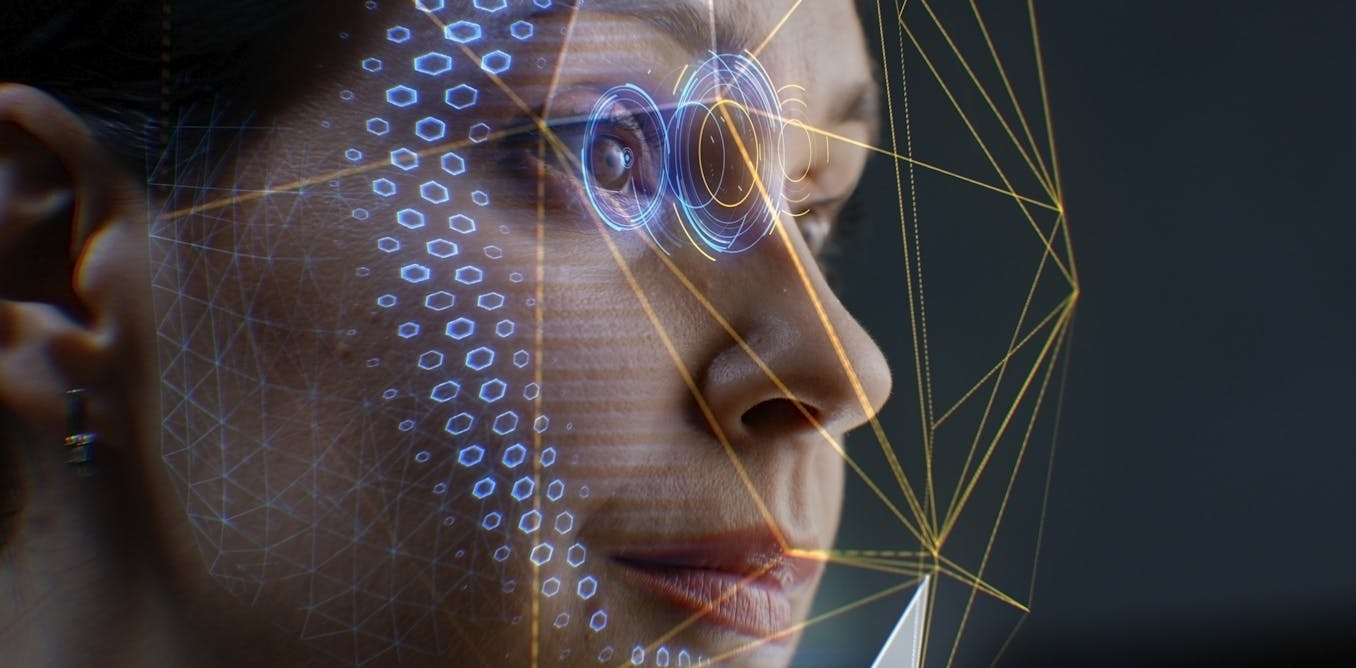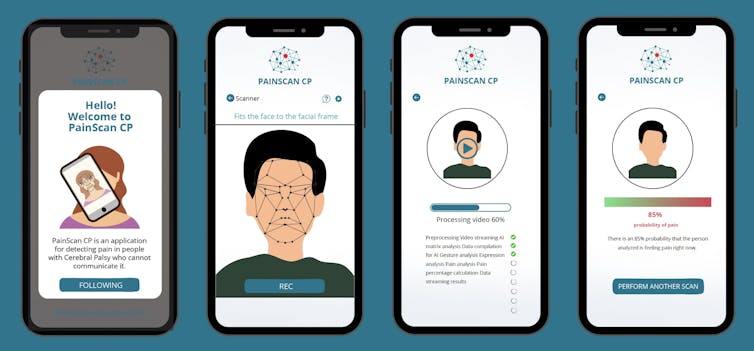a new horizon for people with cerebral palsy

If we reflect on the meaning of pain, an unpleasant and highly subjective experience that comes from our ancestors, we have to recognize that it is a fundamental part of our physiology; that it is a complex entity whose purpose is our survival.
Pain reveals itself to us as a necessary and complex alarm system designed to alert us to situations in which our body is being harmed, be it physical, emotional or potential. So? So that we can try to find a solution: rest, immobilize the affected part, heal the wound… What if we can’t solve it on our own? We usually try to notify those who can help us.
We see here a clear chain of communication: first internal, which occurs within our body, and then external, between us and the person who will help us.
silent suffering
But let’s see what happens if we change the rules of the game. Imagine one of the millions of people around the world living with severe neurological pathologies: they suffer from a predisposition to pain and, in addition, their ability to express themselves is impaired. This applies to patients with cerebral palsy. Experience shows that in many cases they suffer without being able to communicate it.
This condition is a serious problem that extends to the clinical and medical community that supports these people in urgent need of solutions. Ultimately, self-report—the testimony of the person suffering from pain—is the “gold standard” for pain assessment.
There is no thermometer to detect pain
So much so that today there is no medical test or bioassay that can detect the presence of pain or its intensity. There is no pain thermometer, so to speak. The most we can do, in the absence of self-report, is observe the behavior or facial expression of the suffering person and try to guess. Let’s not forget that evolution has given us various empathic mechanisms for this.
However, the question must be asked: are we able to recognize pain in those who cannot express it? The answer, although we may not like it, is only half. And, of course, half is not enough. This will depend, among other things, on whether the person suffering from the condition exhibits “standard” behavior and facial expressions.
As we have already said, evolution has made us humans competent enough to determine whether another person is suffering or not suffering. And even roughly determine the level of their suffering.
Read more: The Challenges of Growing Up with Cerebral Palsy
But everything changes when the person we are about to evaluate exhibits altered or idiosyncratic facial gestures caused by an altered pattern of muscle activity (as occurs with some of the neurological changes we mentioned earlier). In these cases, as the facts show, we can only offer an approach that is not very consistent with the experience of the subject to be assessed.
AI comes to the rescue
Luckily for everyone, artificial intelligence (AI) can make a big contribution here. By training neural networks with images of people in pain, it was possible to create a facial recognition system that can identify them.
The initiative was implemented on an interdisciplinary basis in collaboration with the research department of the ASPACE Foundation, a reference center for cerebral palsy in the Balearic Islands. To this end, several researchers have tested this system, developing a world-first database of facial expressions of pain in people with cerebral palsy.
Our recognition method revealed that key facial regions for pain detection, particularly in cerebral palsy, differ from those in typically developing individuals. The results of these assessments, although discrete, are not trivial, as this system is capable of producing an opinion that is just over 62% in agreement with the consensus of two subspecialty physical therapists familiar with the subjects being assessed.

Author’s development
We think this is a good start, although not without problems. The first of them is increasing the accuracy of the system. This will entail the acquisition of a dedicated database of cerebral palsy patients containing approximately 5,000 images. There are many of them, but this is the price that has to be paid for artificial intelligence to be truly “smart”.
And while we face this problem, we are working on another: making our technological solution useful to society. To this end, we are in the process of developing a mobile application that will allow us to identify pain in people with severe neurological disorders through a simple video recording of their face. Given the previous work we have carried out in recent years, this appears to be a reality on the near horizon.

Author’s development
Accurate identification of pain is the first step towards optimizing treatment and improving the quality of life of a group of vulnerable people. Ultimately, to give a voice to those who cannot speak about their pain. We hope that this progress will encourage the use of technology to alleviate human suffering, helping to create a more inclusive and empathetic society.
This article was a finalist in the V Scientific Publishing Competition of the University of the Balearic Islands..